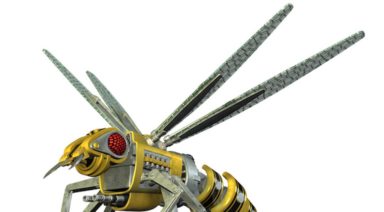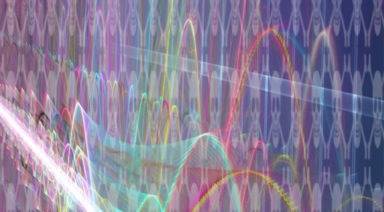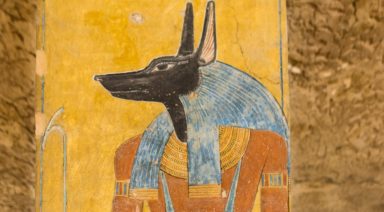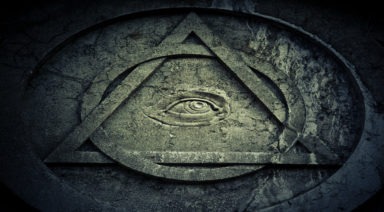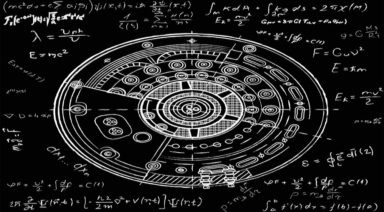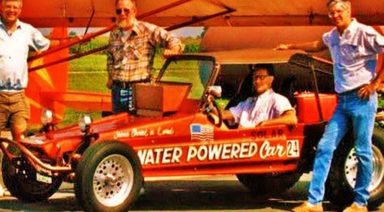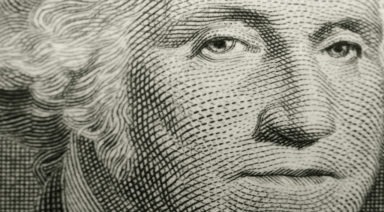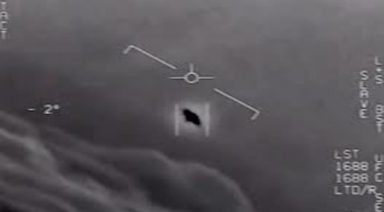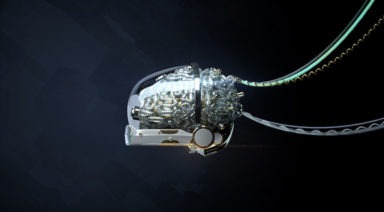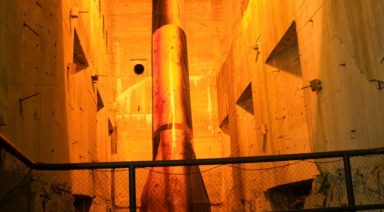Project Serpo and the Zeta Reticuli Exchange Program

In November 1977, Steven Spielberg released his movie, “Close Encounters of the Third Kind.” It was a financial and artistic success. It received a number of accolades, including nominations for four Golden Globes and eight Academy Awards. In 2007, the U.S. Library Of Congress deemed the film “culturally, historically and aesthetically significant” and chose it for preservation in the library “for all time.” Read the purported story of Project Serpo, then consider the evidence.
UFO Encounter Classification
For those new to the topic, the title of Spielberg’s movie came from the UFO classification developed by astronomer and UFO researcher, J. Allen Hynek’s Classification of UFO encounters: + Encounters of the first kind: Someone sees a UFO at a distance closer than 500 feet and is able to give a pretty good description of the object + Encounters of the second kind: The viewing of an UFO creates a physical sensation. For example, the encounter may involve a feeling of heat, or a feeling of paralysis in the body + Encounters of the third kind: Encounters in which a type of “animated creature” accompanies the UFO encounter.
Hynek was an Advisor to the U.S. Air Force on several of its UFO study projects. While he was bound by security clearances, he was undoubtedly privy to information that he was unable to share publicly. He also had a cameo appearance in the Spielberg movie.
In the movie, there are human encounters with extraterrestrials (ETs) and, in the end, one person voluntarily decides to join the ETs and travel with them back to their planet. Could there be any truth to this story? Is it possible that Earth has contacted ETs or that Americans have visited other planets? Read about the Serpo Exchange Program and President Ronald Reagan’s knowledge of Project Serpo.
The Exchange Program Between Earth and Project Serpo In the Zeta Reticuli System
The Planet Serpo exchange project traces its origins to the Famous Roswell Incident where a UFO reportedly crashed in the plains near Socorro, New Mexico, on May 31, 1947. The remains of the craft and one living ET, along with the bodies of his four dead companions, were taken to Roswell for analysis. Meanwhile, the government reported to the American public by telling them they had only seen weather balloons.
As it turned out, there were Two Crashes. The remains of the second UFO were not found until about two years later. It appeared the two spacecraft had crashed into each other. By then, six bodies of dead aliens had decomposed, so there wasn’t much of them left. Even so, the remains were taken to Wright-Patterson Air Force Base for evaluation and study.
The Roswell living ET, later named EBE1 for “Extraterrestrial Biological Entity,” was friendly and calm. He attempted to communicate, but spoke in tonal qualities that Americans were never able to understand or speak, according to UFO researcher Len Kasten. EBE1 seemed very intelligent and was able to quickly learn English. He informed his “keepers” that he was from a Planet Called Serpo about 40 light years away in the Zeta Reticuli system.
EBE1 worked with the salvaged communication device in his space vehicle to try and contact his home planet. He tried six times and all six times, the communication system failed. In early 1952, EBE1 sadly passed away without ever making contact with his home.
His effort was not unrewarded. In December 1952, the military made contact with the alien race referred to as EBENs who lived on the Planet Serpo in the Zeta Reticuli system, and communications transpired over the next nine years. During this time, an exchange program between the inhabitants of the two planets, Earth and Serpo, was created. Twelve American astronauts, 10 men and two women, were selected for the experiment.
There were strict requirements in order for a person to join the program and the training was rigorous. In short, the ones chosen for the journey could not be married or have children. And though it was not a requirement, having living family members like parents or siblings was not ideal. The assignment required their unquestioned absence for 10 years: no one on Earth should be concerned about their whereabouts for the duration of the mission.
The exchange was scheduled to occur at Holloman Air Force Base on April 24, 1964, with approval From President John F. Kennedy. Two Eben spaceships landed as planned. A contingent of American government personnel greeted them. The 12 American astronauts prepared to embark on their adventure, but for some reason, the exchange got postponed. The Ebens retrieved the remains of their dead comrades and left. The Ebens returned in July 1965 and picked up their passengers. According to Kasten, only one Eben stayed behind on Earth.
The Voyage, Landing, Time on Serpo And Return Home
THE VOYAGE
The Earth travelers took literally tons of supplies with them, including food, medicine, weapons, and jeeps and motorcycles, but during the trip, they ate Eben food, which they heartily disliked because they said it tasted like paper. On the journey, they explored the spacecraft and were able to communicate with Earth. Unfortunately, one American had some kind of accident and died on the trip. They completed the 40 light-year distance in only ten months.
THE LANDING
When the spacecraft landed and the Americans disembarked, they received quite a positive welcome. A large number of Ebens were present to greet them and an Eben female spokesperson spoke to them in fluent English.
The astronauts were overwhelmed with the brightness of the two suns. It was about 107 degrees and they all were in great discomfort due to the heat, which remained a problem for them during their entire stay on the planet.
TIME SPENT ON SERPO
The Americans expected to stay on Serpo for 10 years. As it turns out, due to their confusion with their calendars, they stayed 13 years. It was difficult to keep track of days and times since the planet had two Suns and it never got completely dark. One day on Eben lasted 40 hours as opposed to our 24.
During their stay on Serpo, the Americans learned what they could about the history of the Ebens. The population of Serpo at the time of the visit was about 650,000 and all were Ebens. There was no other race or species on the planet other than Ebens.
The astronauts learned about the Eben’s religious beliefs and technology. It seemed they lived fairly primitively for a culture that also had advanced technology. Specifically, Ebens had anti-gravity vehicles they used for ground transportation.
After a few years, the Americans moved to the Northern part of the planet where it was cooler and they were able to grow food more to their liking. They had taken with them food to last for more than two years, but when it ran out, they had to eat Eben food which they never learned to like. Due to radiation exposure, two of the members of the expedition died while on Serpo.
THE RETURN HOME
Two Americans liked life on Serpo so much, they decided to stay there. The remaining astronauts Returned Home in 1978 and the government quarantined them for an entire year. During that time, they had many debriefings, which resulted in a 3,000 page report. They were then allowed to go back to their normal lives. Little is known about their lives since, except the last surviving one died in 2002. There has been no communication with Ebens on Serpo since 1985, so it is not known what happened to the Americans who chose to stay on the planet.
REPORTS FROM ANONYMOUS SOURCES
In 2005, UFO Discussion Group leader and former government employee, Victor Martinez, received a series of emails from someone identified only as anonymous. Anonymous claimed to be a retired government employee and he or she supplied much of the information about the exchange program.
Through the years, officials who are privy to this information have provided some acknowledgement that the reports are true.
REAGAN BRIEFING TRANSCRIPT
The transcript of a President Ronald Reagan briefing by then CIA Director William Casey was discovered. It was a Top Secret Meeting and the recording happened between March 6 and 8, 1981. Director Casey provided Reagan information about the exchange program. Reagan had quite a few questions that he was told would be answered later in an additional briefing session. Unfortunately, we do not have a transcript of that session, so many questions are still left unanswered.
Reagan mentioned his belief in UFOs and his high regard for Steven Spielberg from time to time. He even invited Spielberg to the White House for a special screening of Spielberg’s movie “E.T. The Extraterrestrial,” released in June 1982.
Full Disclosure of the Serpo Exchange Program
Is humanity ready to know the truth? Now may be the time for the government to release its information regarding UFOs, ETs and the Eben residents of the planet Serpo, including information concerning 12 brave Americans who participated in the Project Serpo exchange program.
To learn more about the Serpo.org documents addressing the Zeta Reticuli Exchange Program check out The Veil.

NASA Developing Robotic Bees to Collect Samples, Map Mars Surface
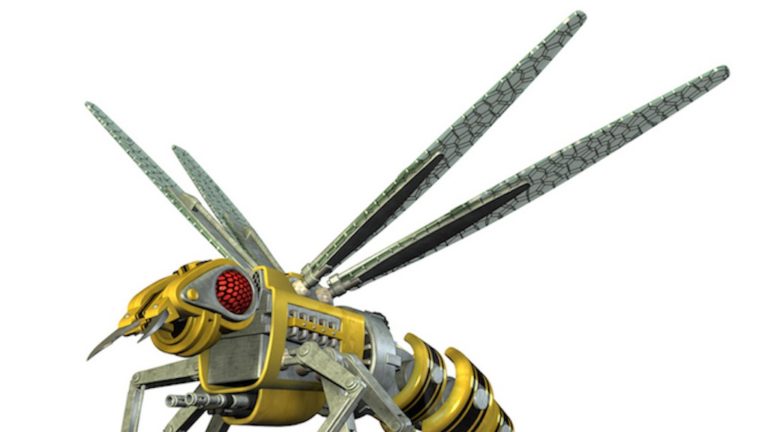
NASA’s Mars rovers have gathered a lot of exciting data and photographs, but they’re moving at a snail’s pace. So how will it expedite that process? Robotic bees.
The space agency is developing bee-sized robots to map the surface of Mars and collect samples from the planet’s atmosphere. Scientists hope these insectoids will be more mobile and agile than traditional rovers.
The program, called “Marsbees,” is contracting researchers from the U.S. and Japan to build prototypes of winged robots, capable of swarming the red planet and collecting data, before returning to a rover to recharge.
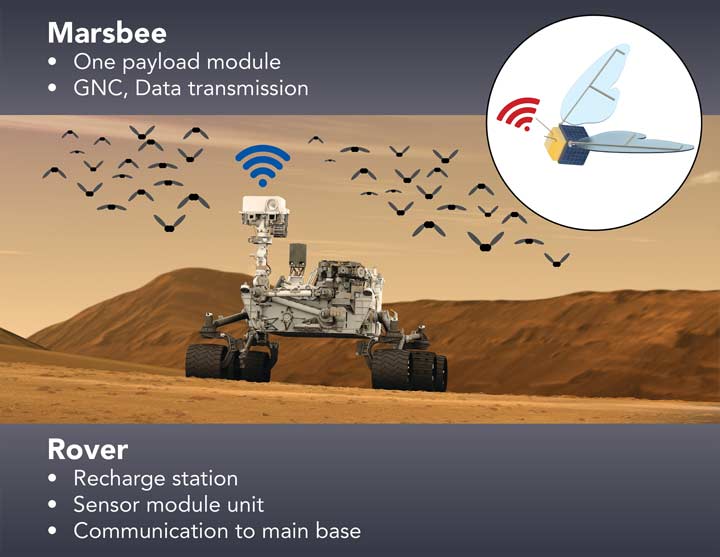
Image courtesy uah.edu
One of the biggest obstacles engineers face is designing a robot that can fly in Mars’ unique climate. The red planet’s atmosphere can be pretty hostile with dust storms, low thermal inertia, and periodic ice ages. These bees will inevitably face some extreme weather conditions.
But there is one factor that may make the mission easier – Mars’ gravitational pull is about a third of Earth’s, which could prove to be more conducive to flight.
NASA’s website envisions the robots as roughly the size of a bee, but with larger, cicada-sized wings. Researchers imagine the bees will be capable of working independently or in teams to collect samples.
The program funding the project is called the NASA Innovative Advanced Concepts Program, or NIAC, which fosters science fiction concepts with the potential for realistic applications.
The aerial bots would primarily search for methane emissions from below the planet’s surface – an indication of subterranean Martian life. NASA’s Curiosity rover previously discovered low levels of the gas, encouraging scientists to explore further.
But the technology for this apian concept doesn’t have a lot of promising precedent. Several years ago, DARPA built a hummingbird-inspired drone, with a multi-million-dollar budget. Researchers engineered it to fly steadily, but the winged machine would likely struggle in the Martian environment.
Engineers working on the Marsbees prototype will test their robots in a vacuum chamber, with conditions to simulate the climate and air density on Mars. The group is receiving just $125,000 over the course of nine months to fund their prototype, before it will be tested for feasibility by NASA. If it passes preliminary tests, it will then be eligible for a second round of funding.


